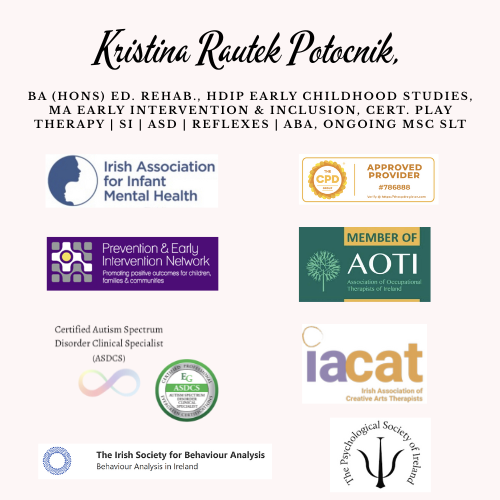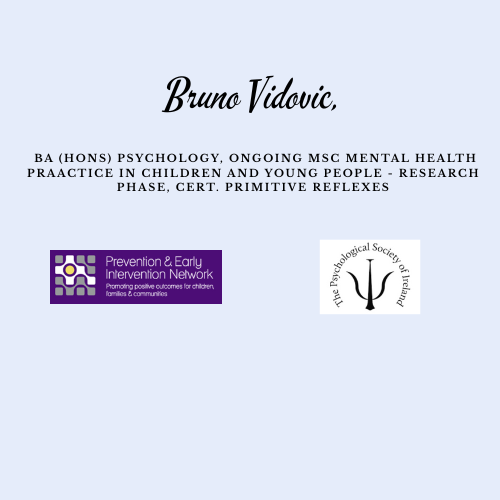Outer Learning Conditions: How the Environment Shapes a Child’s Ability to Learn
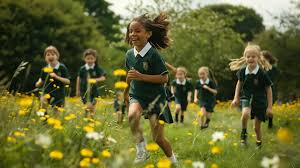
Author: Kristina Rautek Potocnik, BA (Hons) Ed. Rehab., HDip Early Childhood Studies, MA Early Intervention & Inclusion, Cert. Play Therapy | SI | ASD | Reflexes | ABA, ongoing MSc SLT
How the Environment Around a Child Can Support Better Learning and Memory
For a child to learn something new or remember what they already know, both inner and outer conditions must be right. In my last blog, I wrote about the inner conditions—if you missed it, you can check it out HERE.
Now let’s talk about the outer environment and how it affects learning. The good news is that the things we do and say around a child can actually help their brain get into the best state for learning and remembering. Let’s look at how we can create these outer optimal conditions.
1. The Right Pace for the Child
We live in a fast world. Things happen quickly, and we are used to moving fast. But when we bring this speed into our work with children, it can become a problem. If we speak too fast, ask too many questions too quickly, or change activities often, children don’t have enough time to think. This can stop the learning process.
Tips & Tricks:
When you give a child a task or ask a question, count slowly to 20 before repeating or moving on. Give their brain time to process.
2. The Right Level of Task Difficulty
Thanks to technology and social media, we have so many ready-made activities, ideas, and learning tools. These are great, but we must remember that every child is different, especially in the early years. Sometimes we give tasks that are too hard or too easy, and this can cause problems in behaviour, attention, and mood.
Tips & Tricks:
Think carefully about the level of the activity. Then watch how the child responds. If you see early signs of stress or confusion, change the activity. Make it easier or harder as needed.
3. Motivation Matters
Motivation is very important, especially when the task is difficult. Children learn best through play because play brings natural motivation. This is something we should always use. When a child is interested in what they are doing, they stay focused and happy. That’s when learning really happens.
Tips & Tricks:
Before you start working on a new skill, find out what the child loves—favourite toys, books, games, or topics. Use those interests to build learning tasks that feel like fun.
4. Enough Breaks
Rest and silence are not a waste of time. They are essential. During breaks, the brain processes what it has learned and becomes ready for more. Even quiet time where the child does what they want, with no rules, can help learning.
Also, good sleep is very important. During sleep, the brain organises memories. Children remember better if they rest after learning, instead of going straight into more activity.
Tips & Tricks:
Use a visual schedule during the day to include clear times for rest and silence.
Learning and memory are complex. They involve many brain systems and chemical processes. The way we plan our day and structure our time with a child can help or block these natural learning processes.
If you’d like to keep learning with me, feel free to join my free newsletter list (CLICK HERE) so you don’t miss future blog posts and helpful tools for learning and child development.
References:
Babic Leko, M., Bilic, B., Chudy, H., Rados, M., Simic, G., Tkalcic, M. & Vuksic, M. (2019). Uvod u neuroznanost ucenja i pamcenja. Zagreb: Ljevak.
Hausfather, S. J. (1996). Vygotsky and Schooling: Creating a Social Context for Learning. Action in Teacher Education, 18(2), 1–10.
Latest Posts
- How children make sense of the world through their senses
- How your baby learns about the world through their senses
- Helping your child grow stronger through movement and play
- Understanding How Early Intervention Helps Children Learn, Move, and Connect
- How to Recognise Tactile Defensiveness and Help Your Child Feel Safe
- Understanding Feeding Challenges and How to Support Your Child at Home
- Let’s Talk Sitting: Exploring Floor Seating Options
- Retained Primitive Reflexes: The Hidden Cause Behind Developmental Struggles
- Where Curiosity Blossoms: How Children's Play Nurtures Growth for All
- Helping Your Child Through Stress: A Gentle Guide for Parents
- Sweet Little Lies – How to Recognise and Respond with Care
- Chores Are More Than Just Tasks – They’re a Tool for Growing Independence, Focus, and Confidence
- How to Help Children Develop Emotional Intelligence
- Blending Technology and Care: How VR Meta Quest Supports Children at NeuroNest
- A simple guide for parents who want to raise confident, happy children
- Setting Boundaries with Love: A Simple 3-Step Guide for Parents
- Understanding Behavior Through the Nervous System
- A Compassionate Lens on Dysregulation in Non-Speaking Autistic Individuals
- Supporting Development Through Movement: The Role of the Swing in Early Intervention
- Blending Tradition and Innovation: How NeuroNest Supports Your Child’s Unique Journey
- When Movement Meets Innovation: Supporting Child Development with GoBalance
- Why Visual Perception Matters for Everyday Life and Development
- Benefits of Chess in Early Intervention
- Building Healthy Nutrition from the Start
- A Journey Back to Your True Self
- Supporting Your Child’s Hand Skills for Confident Writing
- Blending the Best of Both Worlds
- Helping Toddlers Eat Well: A Parent’s Guide
- Why Tummy Time Matters for Your Baby's Development
- Helping Your Child Build Everyday Independence
- Who Are the Disconnected Kids?
- From First Tries to Automatic Habits: Understanding the Stages of Skill Learning
- Why a Child’s Level of Alertness Matters for Memory and Learning
- Early brain development starts before birth
- Why Slowing Down, Adapting Tasks, and Adding Breaks Helps Children Learn Better
- Why ADHD, Autism, Dyslexia and Other Challenges Need a New Approach
- The surprising power of copying in child development
- Books are more than just language tools—they’re powerful allies in sensory and motor development.
- Rethinking sensory support: moving beyond expensive rooms toward everyday understanding.
- Understanding how fear develops in a child’s brain
- Understanding how an early baby reflex can affect your child’s daily life
- A gentle start into baby development through movement and bonding
- A child-centred, research-informed approach that uses the power of play to support communication, emotional regulation, motor development, and meaningful growth from infancy to twelve years.
Our Partners

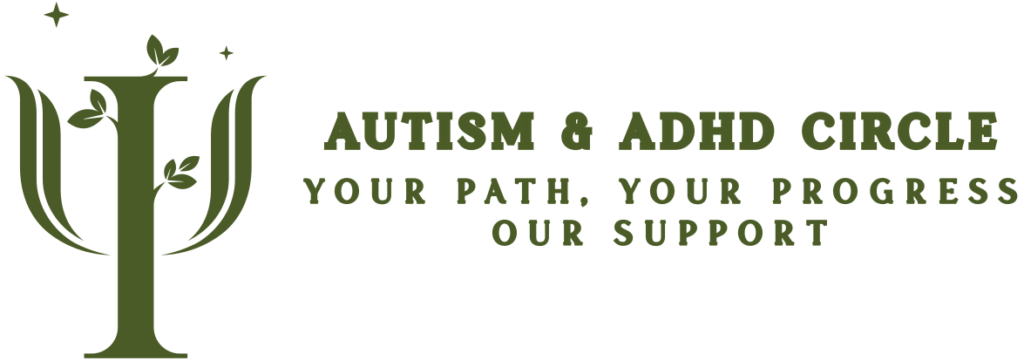

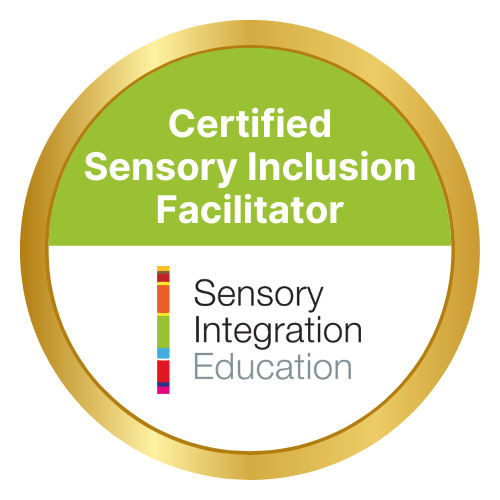
Our Memberships
